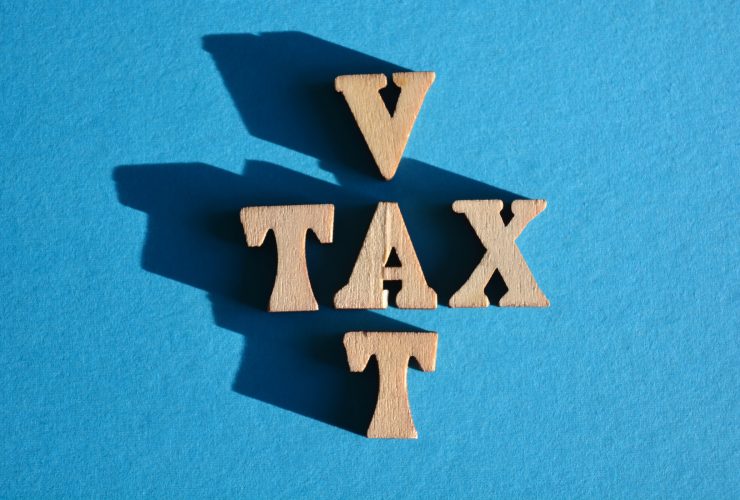What is Capital Gains Tax?
Capital gains tax (CGT) is a tax levied on the profits you earn when you sell a capital asset for more than you paid for it. Capital assets include a wide range of items, such as:
- Stocks and bonds
- Real estate (land, property)
- Collectibles (artwork, antiques, etc.)
- Cryptocurrency
- Business ownership interests
In short, if you make a profit by selling an investment or other asset that you’ve held for a period of time, you’ll likely owe capital gains tax.
How Capital Gains Tax Works
Capital gains tax is applied based on two key factors:
- Holding Period:
- Short-term capital gains: These are profits from selling assets you’ve held for one year or less. Short-term capital gains are taxed as ordinary income at your regular tax bracket.
- Long-term capital gains: These are profits from selling assets you’ve held for more than a year. Long-term capital gains enjoy a more favorable tax treatment than short-term gains.
- Taxable Income: Your income tax bracket determines your capital gains tax rate. For most taxpayers, long-term capital gains tax rates are 0%, 15%, or 20%.
Capital Gains Tax Rates (2023/2024)
| Taxable Income (Single Filers) | 0% Rate Applies if Below | 15% Rate Applies if Between | 20% Rate Applies if Above |
|---|---|---|---|
| 2023 | $44,625 | $44,626 – $492,300 | $492,301 + |
| 2024 | $45,975 | $45,976 – $499,550 | $499,551 + |
Calculating Capital Gains (and Losses)
To determine your capital gains tax, follow these steps:
- Calculate your basis: Your basis is usually the purchase price of the asset plus any associated fees or commissions.
- Determine your selling price: This is the amount you received when you sold the asset.
- Subtract your basis from your selling price: The difference is your capital gain (or loss).
- Factor in holding period: If you held the asset for more than a year, the profit is a long-term capital gain.
- Apply the correct tax rate: Use the tax table above based on your long-or short-term gain and your taxable income.
Example: You bought 100 shares of stock for $20/share (basis of $2,000). Two years later, you sell them for $35/share (selling price of $3,500). Your capital gain is $1,500, which is subject to long-term capital gains tax rates.
Capital Losses and Tax Benefits

Just as profits from selling assets can trigger capital gains tax, you can also experience capital losses when you sell an asset for less than you paid for it. These losses aren’t all bad news; they can offer valuable tax benefits:
- Offsetting Capital Gains: Your capital losses are first used to offset any capital gains you’ve realized. This means you can potentially reduce, or even entirely eliminate, your capital gains tax bill for the year.
- Deducting Excess Losses: If your total capital losses exceed your gains, you’re allowed to deduct up to $3,000 of those losses against your ordinary income (like salary or wages) on your tax return. This directly lowers your taxable income. Any unused capital losses above the $3,000 limit can be carried forward into future tax years, offering potential benefits down the line.
Example: You have $6,000 in capital gains and $8,000 in capital losses for the year. You can use those losses to completely wipe out your capital gains tax liability. Plus, you can deduct an additional $2,000 of the losses against your regular income and carry the remaining $1,000 of losses forward to the next year.
Capital Gains Tax Strategies
While capital gains tax is unavoidable in certain situations, there are strategies that can help you minimize the impact on your overall tax bill. Here’s a quick introduction to a few key concepts:
- Tax-Loss Harvesting: This involves deliberately selling investments at a loss to offset capital gains you’ve realized elsewhere. If done strategically, you can reduce your tax burden for the year.
- Strategic Timing: Sometimes, holding onto an asset for just a bit longer can push your gains into the long-term category, qualifying for lower tax rates. Similarly, timing your asset sales to coincide with years where your income is lower can also be beneficial.
- Charitable Donations: Instead of selling appreciated assets (like stocks) and paying capital gains tax, donating them to a qualified charity can provide you with a tax deduction while avoiding the capital gains tax altogether.
- Retirement Accounts: Utilizing tax-advantaged retirement accounts like Traditional IRAs or Roth IRAs for your investments allows growth to occur tax-free or tax-deferred, ultimately minimizing or postponing capital gains tax.
For a more in-depth look at these strategies and others, check out: How to Avoid Capital Gains Tax: 6 Strategies
Capital Gains Tax for Businesses

Businesses, like individuals, pay capital gains tax on profits from the sale of capital assets. Here’s the breakdown:
Tax Rates
- Corporations: Pay capital gains tax at the regular corporate income tax rate.
- Pass-through entities (Partnerships, S-Corporations): Gains and losses pass through to individual owners, who are taxed at their personal capital gains tax rates.
Common Business Assets Subject to Capital Gains
- Land and buildings used in the business
- Equipment and machinery
- Investments (stocks, bonds, etc.)
- Intangible assets (patents, goodwill, etc.)
Important Considerations
- Record keeping: Track the cost basis and acquisition/disposal dates of all business assets for accurate capital gains calculations.
- Depreciation: Recaptured depreciation as ordinary income may affect tax liability when assets are sold.
- Strategies: Consider timing asset sales for tax advantages and choose business structures wisely for long-term tax implications.
Additional Resources and Important Notes
- IRS website: The official source for U.S. tax information: https://www.irs.gov/taxtopics/tc409
- Tax Professionals: Consult a tax advisor or accountant for specific questions or complex situations.
- State Taxes: Many states also have capital gains taxes. Research the laws in your state.




